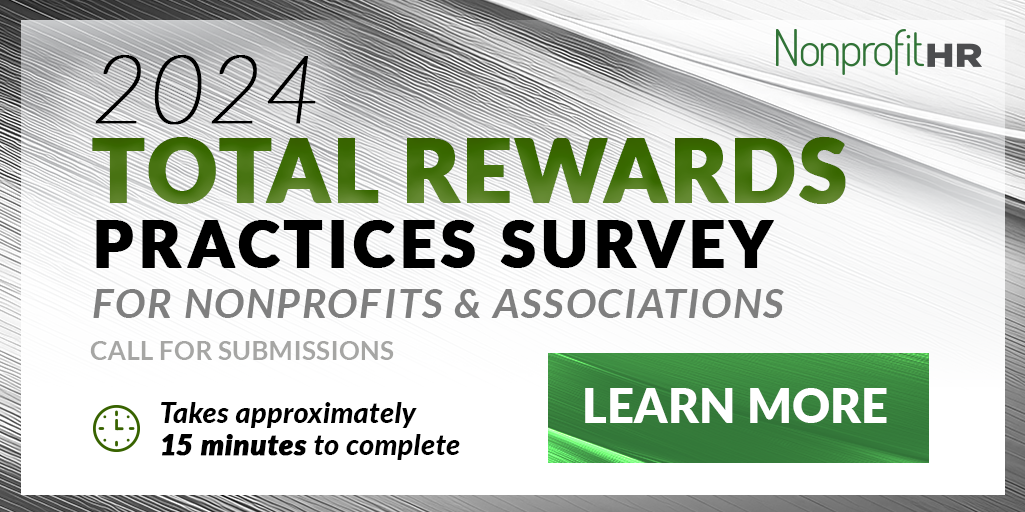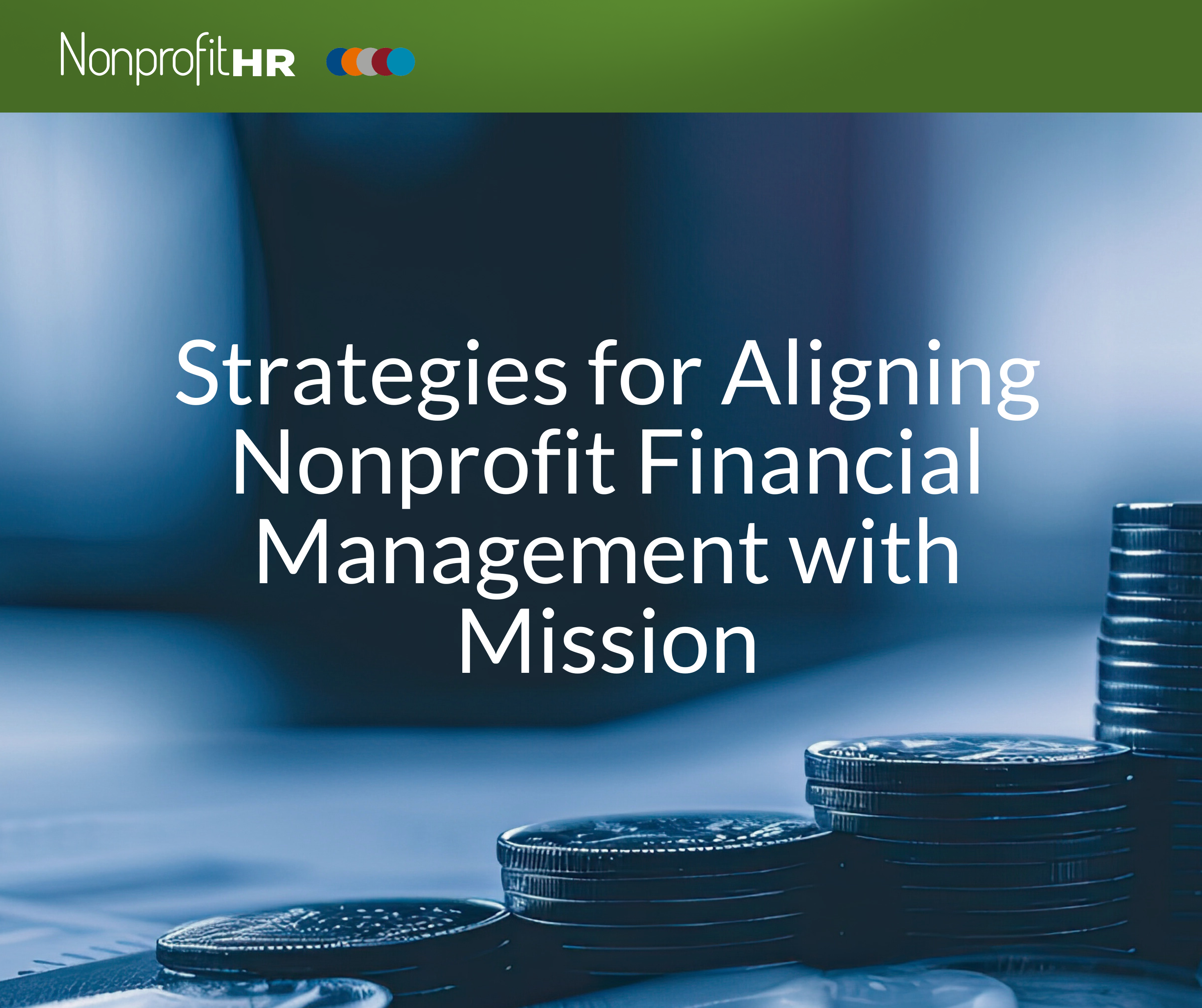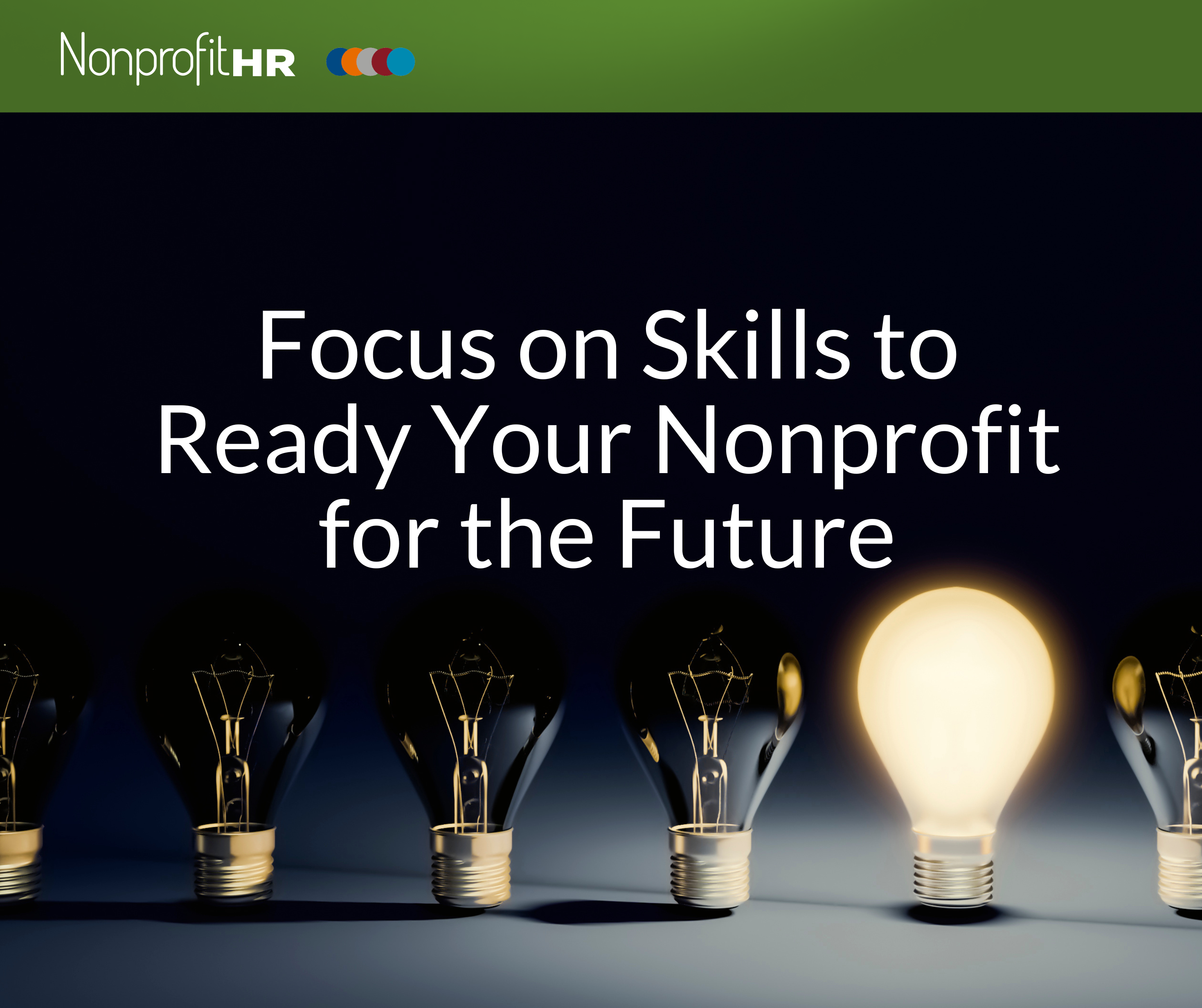WTOP: 5 ways nonprofits can…
By Leslie Walbridge
Sitting down to write your first resume can feel like a daunting task. There are all these seemingly-arbitrary rules about formatting, verb-tense, length, punctuation, and so on. Furthermore, in the event that you decide to search online for some advice, you will find a mind-numbing amount of information, much of which is contradictory. You could be forgiven for experiencing panic-induced paralysis before you even begin. Even if you already have a working resume (hooray for you!), there is still a big difference between submitting a resume and getting called for an interview. So, I’m going to give you some insider tips on making sure that your resume does its job.
First of all, you must understand what a resume is so that you know what a resume does. Think about your resume as an advertisement with you being the product. You want someone to be able to look quickly at your resume and know exactly what you are selling and why they want to buy it. If an advertisement is not appealing to the eye, or has too much information, you don’t want to bother looking at it long enough to figure out if you want what it is selling. Employers feel the same way about resumes. They are blasted with tons of them, and they want to get what they need quickly and easily.
Whether you are starting with a blank page or an already-written draft, you need to ensure that your target audience can get the information they want the most as quickly as possible. In other words, it needs to be near the top. Contrary to what you might have heard, your education background is not the most important factor that a potential employer is considering. Tip #1: You should lead off your resume with your most recent relevant work experience. Fill in past relevant experience in reverse chronological order. I want to emphasize the word relevant here: you may have held positions that are far afield from the bulk of your experience, or your career trajectory. Perhaps you spent a year flipping burgers just out of high school, but you are really hoping to land a job in development. Furthermore, by “past” I don’t mean everything you have ever done, even if it is related to the job you want. Experience from 10+ years ago is no longer relevant. Tip #2: Do not waste precious real estate on your resume with positions that have no relevance to the person reading the resume. If necessary, separate your experience into sections (i.e. “Primary Experience” and “Secondary Experience”) to avoid appearing to have big gaps between jobs.
Returning to my previous comment about education, your education absolutely should be on your resume, but it should support and supplement your work background. Tip #3: It is appropriate to include education background after your work experience. Order your material intentionally to allow readers to get the most important things first. Furthermore, you need not include your high school unless you are still in high school. (See Tip #2 regarding education that you may have that may not suit the job requirements.)
I mentioned “your target audience” above as the person reading your resume. To be honest, it will not always be a person; sometimes it may be a computer. Tip #4: Know your audience. This includes knowing if it will be a person or a computer screening your resume. If a computer is doing the screening, you need to be extra careful to use specific keywords so that your resume will not be thrown out before it even gets to a person. You should also know everything you can about the position and organization you are applying to. Target your resume to match the position description by using the same keywords to show your understanding of their needs. Research the organization to find out their real need and tailor your resume accordingly. Tip #5: Don’t treat your resume as one-size-fits-all.
A final note on content: you want your reader to be able to glean the maximum amount of information in 10 seconds or less. For this reason, a “skills” section is a key area to highlight areas of expertise that may not come through your position descriptions. Tip #6: List all software, databases, operating systems, or other relevant skills in a prominent and easy to read section of your resume. Sometimes, an employer needs someone with a background in a particular database so they do not have to expend resources on training the candidate. These days, having experience in Microsoft Office is considered a given, so you want to emphasize experience with industry-specific software. If you are already a whiz in QuickBooks and Raiser’s Edge, make sure a reader can learn that from a quick scan of your resume.
Now that you have all your content, you must format your resume. You will get all sorts of conflicting tips and tricks regarding formatting, so I will keep mine brief. Tip #7: Decide on one formatting style and be consistent throughout. If the job description says you should be familiar with one particular style, use that style. If not, just do the same thing all the way through. You may want to put a period at the end of your bullet points, that’s fine, but don’t put periods at the end of some lines and leave it off the end of others; inconsistency makes you look careless. You will also want to look at your resume for balance. Your target audience will be looking at your resume before they even read the actual words; make sure your materials are visually appealing. Tip #8: Balance white and black space to please the eye. If all your text is on the left-hand side of the page and the right side is mostly white space, consider moving dates or titles to the right-hand side to balance it out.
One common thread that runs throughout “resume rules” is the time that it takes a reader to absorb the information that you are giving them. You want to be respectful of your reader and not have your resume be seen as a waste of their time. Tip #9: Length is a key factor: no matter how much experience you have, a recruiter is not likely to continue reading beyond 3 pages. If you have fewer than 5 years of work experience, I would advise staying under a page and a half. Keep your resume concise, but not short. There is no hard and fast rule about the length of a resume, no matter what your career counselor in college told you.
Lastly, Tip #10: Proofread, proofread, proofread! You want to put your best foot forward. If you want me to believe that you are detail-oriented, don’t miss a typo in the third line. Read your resume out loud to yourself, you will better hear how it will sound to someone else and catch awkward wording. If possible, have other people read it over; they might catch something you missed or misunderstand something you thought was clear. Sort those issues out before your potential employer ever sees your resume.
Now take your new-found resume expertise and make your resume work for you instead of against you.

































